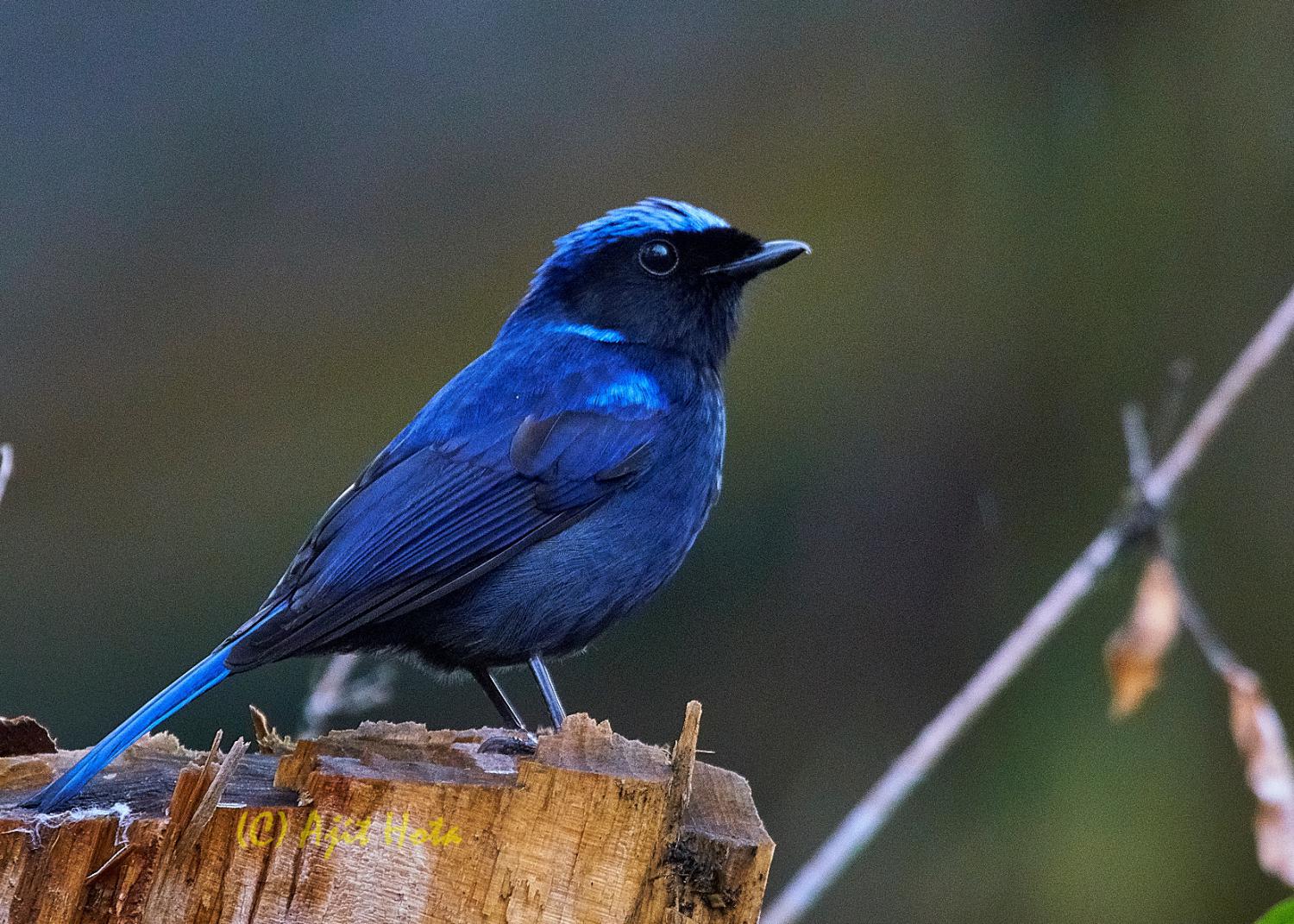
One of the members of the Muscicapidae family is the impressive Niltava grandis, which can be found in countries such as Bangladesh, Bhutan, Cambodia, China, India, Indonesia, Laos, Malaysia, Myanmar, Nepal, Thailand, and Vietnam. This bird species thrives in tropical or subtropical montane forests.

The enormous nilvata bird is truly remarkable with its stunning blue hue covering its head, back, neck, and wings. What makes them distinct from other birds in their group are their vibrant blue face and underparts.

Numerous people have observed the striking blue shades of these creatures, and I must admit, they have also caught my eye. These charming fluffy animals possess an alluring quality with their distinct blue hues. The female members of the species are comparatively more sombre than the males, displaying blue spots on the sides of their necks. Their tails and wings exhibit the same coloration.

The Muscicapidae family has a variety of bird species, including the impressive niltava. Currently, the population of this bird remains stable. They can be found in many regions, including the Indian Subcontinent and Southeast Asia, passing through different countries such as Bangladesh, Nepal, China, Indonesia, Laos, Malaysia, Myanmar, Thailand, and Vietnam before reaching Cambodia, Bhutan, China, and Laos.

These stunning birds can be found in the vast, damp forests of the tropics, as well as in rural gardens. Their primary source of sustenance comes from insects, but they also enjoy eating wild berries and other small invertebrates. During the breeding season, female large niltavas build their nests among stones and tree hollows, occasionally even drilling holes in decaying tree stumps to lay their eggs. These nests are constructed using plant fibers and moss. After about 15 days of incubation, the mother bird will hatch 2 to 5 eggs. She will then feed the chicks for approximately 14 days before they become independent and venture out to find their own food.

